Sulfation: What it is and How to Prevent it

Lead batteries feature several chemicals that interact with each other. When a battery is not used regularly, a chemical reaction called sulfation can occur. Starter batteries in vehicles and electric wheelchair batteries are at risk of developing the chemical process. When it occurs, the battery will struggle to receive, hold and produce a charge.
Battery Details
An everyday acid battery has a sequence of oppositely charged lead and lead oxide plates. The substances divide cells. Also, battery producers fill the power source’s cells with a combination of 65% distilled water and 35% sulfuric acid. Some manufacturers use electrolyte solution instead of sulfuric acid. Electrolyte and sulfuric acid generate electrons. Furthermore, undercharge electrons shift between the plates to produce volt energy. The lead plates then alter the volt energy into electricity. In a battery, each cell can generate approximately 2.1 volts of charge. Therefore, a 12.6-volt battery has six cells to produce the proper power amount.
About Sulfation
When a battery sits unused for extensive periods, sulfation may occur because the electrolyte solution is likely to break down over time. The solution's sulfur leaks from the electrolyte, which causes it to stick to the lead plates as converted lead sulfuric crystals. Once the crystals begin to cover the plates, they stop the plates from working. Also, the electrolyte solution adds to the problem because the lack of sulfuric acid causes it to become weaker. As a result, the sulfation-affected battery will not be able to supply or receive a charge.
Sulfation Stages
There are three sulfation stages. The first stage may decrease quick starting. However, the electrolyte will reabsorb the substance with a charge. If the chemical reaction has more conversion time, then stage one will shift into stage two, which is the development of small crystals on the plates. Once the crystals begin to form, the battery may not supply power. In fact, to function, the battery will require a greater charge to break down the crystals. Stage three occurs when the battery will no longer start due to the chemical reaction. The process can become so extensive that the battery case may begin to bow.
Prevention
According to BatteryUniversity.com, several companies manufacture anti-sulfation mechanisms called battery conditioners. To prevent the chemical reaction from occurring, the devices send pulses to the battery terminals. In most cases, the product will delay the development of the chemical reaction on a healthy battery, but the units cannot dissolve the condition once it begins.
Some people slow the chemical process by disconnecting the battery when they aren’t using the vehicle or item that the battery powers. The only way to stop the chemical effect from occurring is to make sure that the battery remains fully charged at all times by using an external charger or a solar, wind or water generator. In some cases, periodic battery recharging effectively prevents the chemical reaction from transpiring.
Conclusion
Sulfation is most likely to occur in batteries that power motorcycles, boats or personal aircraft as well as recreational and off-road vehicles since most owners of these items use them infrequently. The chemical reaction can be prevented by connecting a battery conditioner to the power source.


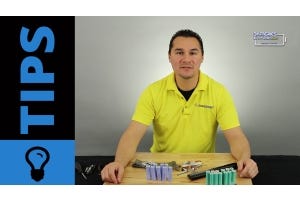
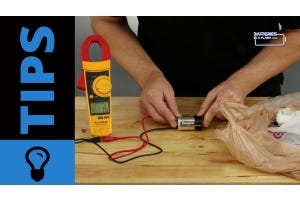
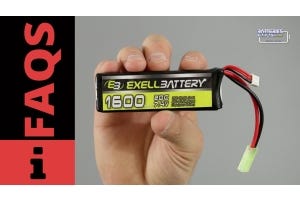
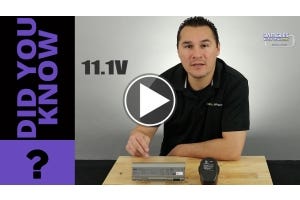
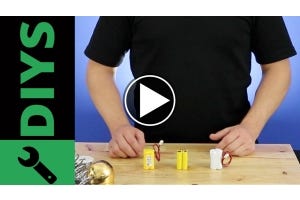
We must have read the same Battery University article when reading about sulfation and how to prevent it. We even referenced the same "anti-sulfation" statement. However, we have a slightly different take on the prevention matter and shared our thoughts concerning Pulse Technology and Sulfation. I thought you might want to allow your readers to learn more on what we have discovered here: http://www.impactbattery.com/blog/2015/11/sulfation-pulse-technology-desulfators/